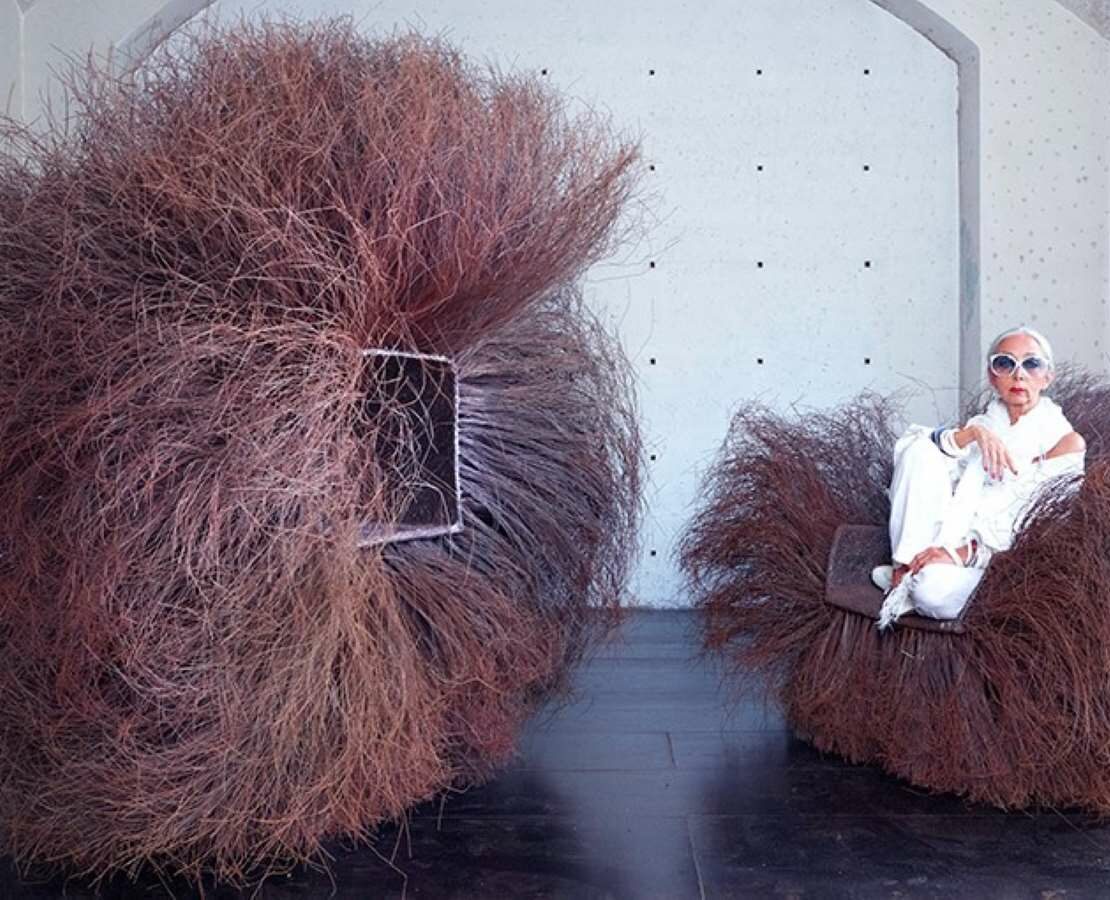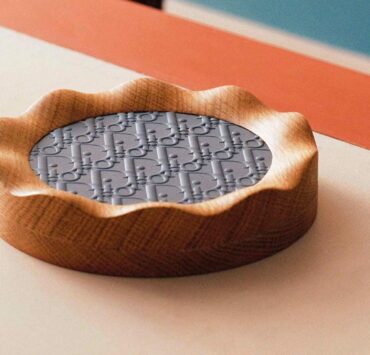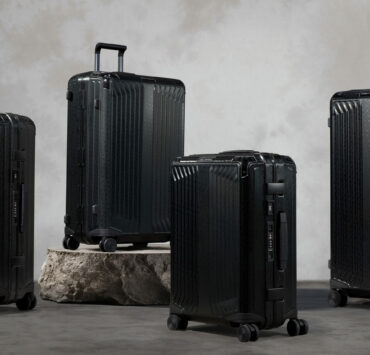Rossana Orlandi and Her Must-see Gallery in Milan
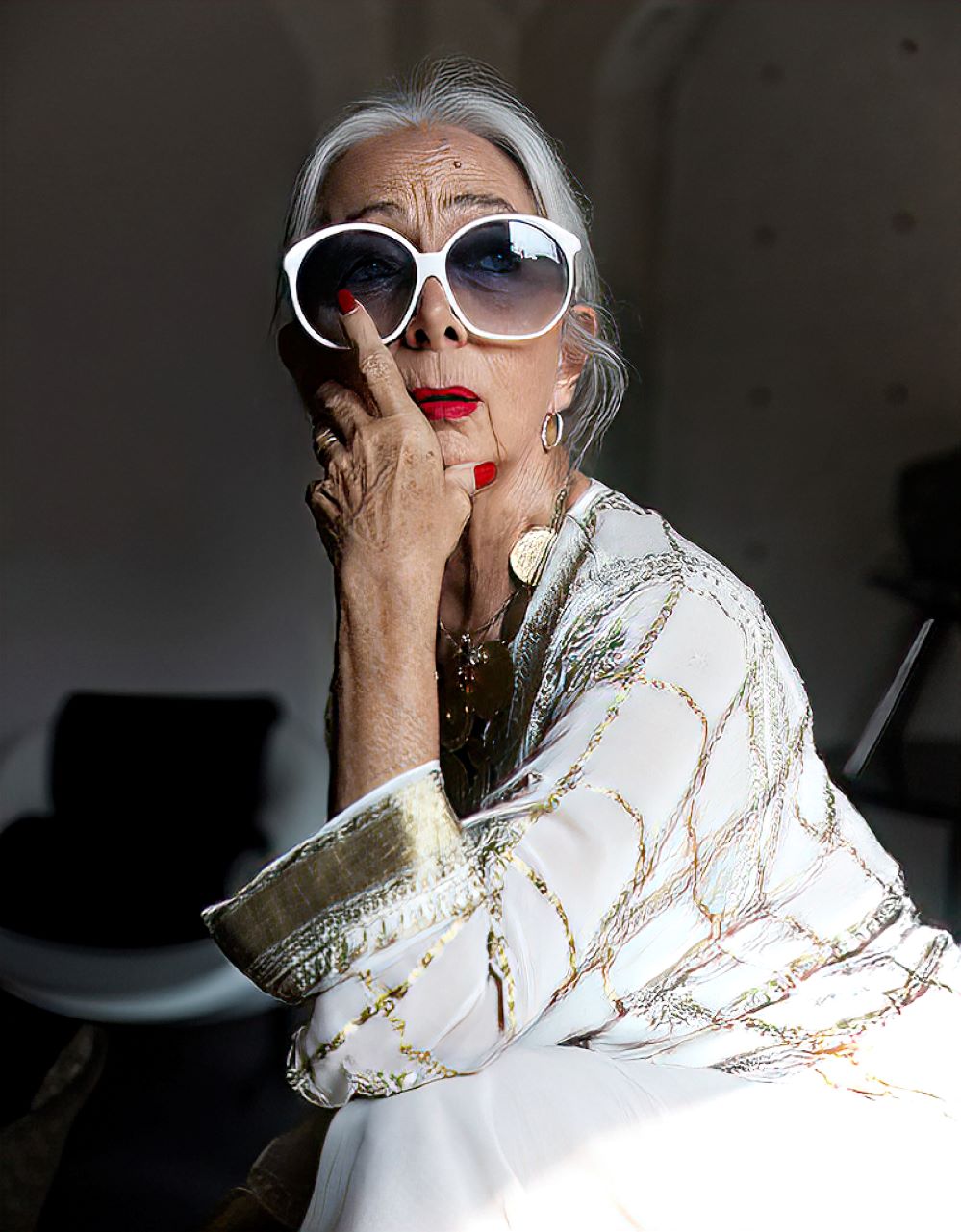
Rossana Orlandi is an undisputed authority on the global design scene. In the early 2000s, she founded the Rossana Orlandi Gallery in Milan, which in just two decades has become a must-see destination during Milan Design Week, and welcomes tens of thousands of people. Her innate talent for signature design led her to win a Compasso d'Oro for her career in 2022, a more than deserved recognition. Today, besides curating her Gallery, she oversees design projects worldwide, advising public and private entities.
Rossana Orlandi: The Interview
Ciao Rossana! We are delighted to have you here.
How did you come to be involved in design? How did the Rossana Orlandi Gallery come about?
I worked for many years in fashion and was involved with the family business, where they produced fabrics for clothing and furniture. When I left the fashion industry, I was very attracted to design, but I hadn't decided right away what to do.
Then I found this space, the former Prochownick factory, right in the centre of Milan, in a residential area full of greenery; it was a beautiful building with a magnificent courtyard overlooking a garden and the charm of an old tailor's shop. The interior consisted of a series of sequential rooms with a warm and cosy atmosphere; originally, it was supposed to be a residence for the whole family, but the project didn't come to fruition.
The space was there by then, though, and in the end, it turned out to be particularly suitable for its original function. Being in this space, in fact, really helps the desire to do, to dialogue; all the designers who work with us, when they enter the building, say that they feel at home here, and I find that this is very nice and above all it creates the conditions to work at their best.
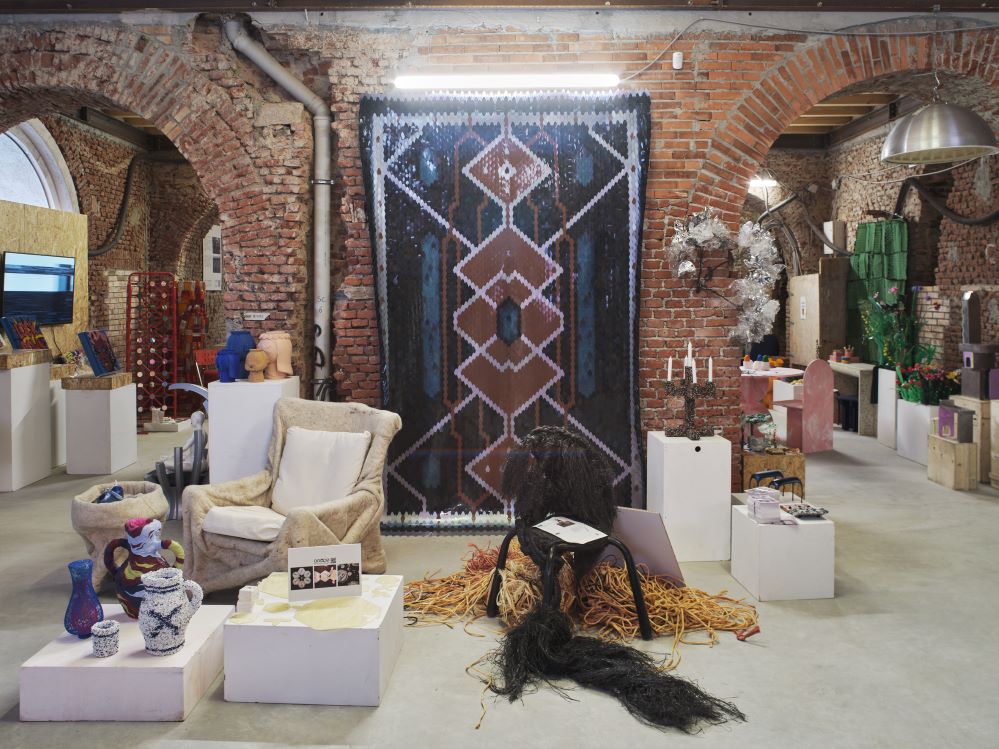
How did the Rossana Orlandi Gallery collection get started?
The first few years I was in this building, I started collecting the pieces I liked and deciding what to do with them. The first important piece was the prototype of the Spun lamp, designed by Sebastian Wrong in 2003. The original prototype was exciting, in a material commonly used in the aircraft industry; today, the lamp is in production at Flos.
In 2006, I held the first exhibition during Milan Design Week, which was an immediate international success. From that edition, I particularly remember the courtyard set-up, with a series of fuchsia pink lamps designed by Front, the Swedish designers' studio. Furthermore, in those years, we were the first to present the work of Formafantasma, the duo of designers who have now achieved international fame; it was a series of bowls of biomaterial, presented with bread and flour, to provoke questions about the concept of design.

How do you select the designers who collaborate with the Gallery today?
When I started selecting designers for the Gallery, I used to go to The Netherlands. In those years, Li Edelkoort, an extraordinary woman, was the president of the Design Academy in Eindhoven, and going to The Netherlands was always an incredible thrill.
But I have always worked with young people; even in fashion, I always searched for emerging designers. Among other things, I was the first to bring students and graduates from Central Saint Martins College to Italy. To go back to the criteria by which we select designers, let's say that I like to favour young people because it is fair to help them and to offer them opportunities. But they must be young people with something to say and exploring new paths.
What advice would you give to young people who want to work with the Rossana Orlandi Gallery?
Thinking about the landscape of young people I meet today, I suggest they be a little humbler. Many established designers work in collectable design and must gain their space through constant work and study. Especially when it comes to collectable design, many factors make up the value of a piece, and one cannot rely solely on the time it took to make it to calculate its value.
The designer's fame and his or her history matter. So, when evaluating the cost of one's work, one must also consider how much and what history the designer has behind it.
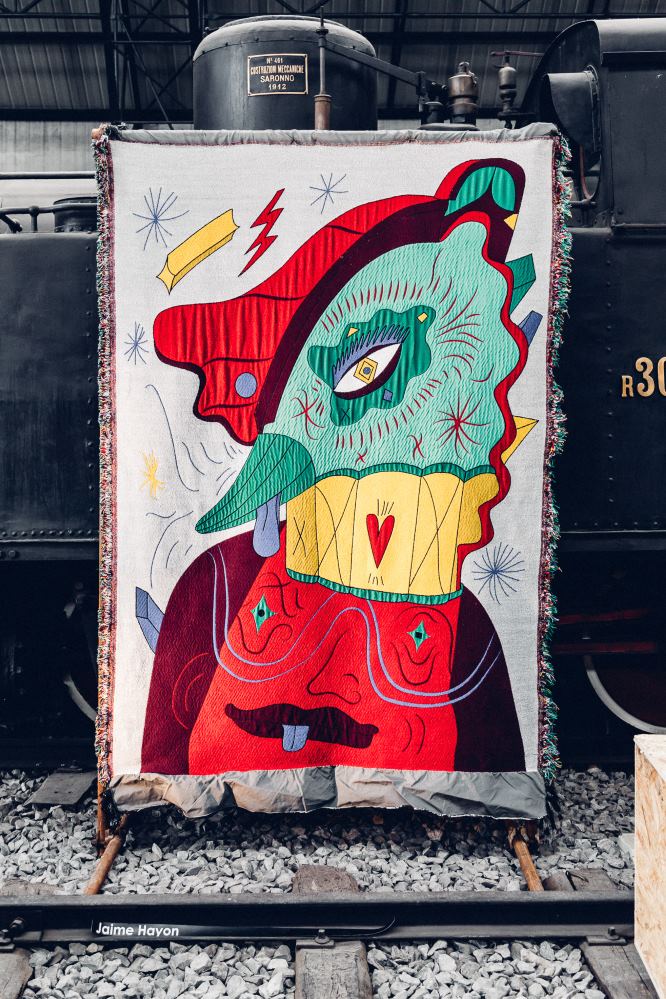
What is the guiding spirit of the Gallery?
The guiding spirit is curiosity; I am open to anything new, as long as they are beautiful things that make sense and have a dialogue with each other. I choose pieces by visiting exhibitions, schools, universities, and, of course, also from the pieces of designers who contact the Gallery.
But there are no favourite materials or styles: what needs to emerge from work is a new idea expressing a design concept. Often, people ask me which are the most current trends: my answer is that there are no trends. We could say that the only trend I find interesting is beauty.
What is the relationship between collectable design and sustainability?
First, I think that the word sustainability is a bit overused today, and overused words lose some of their meaning. I prefer to talk about responsibility: responsibility is an even broader concept involving becoming aware of a situation and acting accordingly-” responsibly,” in fact. I believe that today we all need to start becoming aware of the problematic climate and environmental crisis that affects us all and act more responsibly, both in voluntary and spontaneous gestures.
The concept of “responsible use” also extends to plastics, a material unfairly accused of being one of the leading causes -if not *the* cause -of the enormous environmental pollution of our day. But materials don't harm; it's how you use them that harms, and this is true of plastic.
That is why, when the demonization of plastic was at its peak, my daughter, Nicoletta Orlandi Brugnoni, and I had the idea of working with plastic to promote its reuse and recycling. We came up with the Guiltless Plastic Award, launched in 2018, and it was a forward-looking idea. Today, there are so many products made of recycled plastic, and the idea of “good” plastic is becoming increasingly popular. Moreover, addressing plastic recycling leads to thinking about manufacturing processes, a crucial issue today.
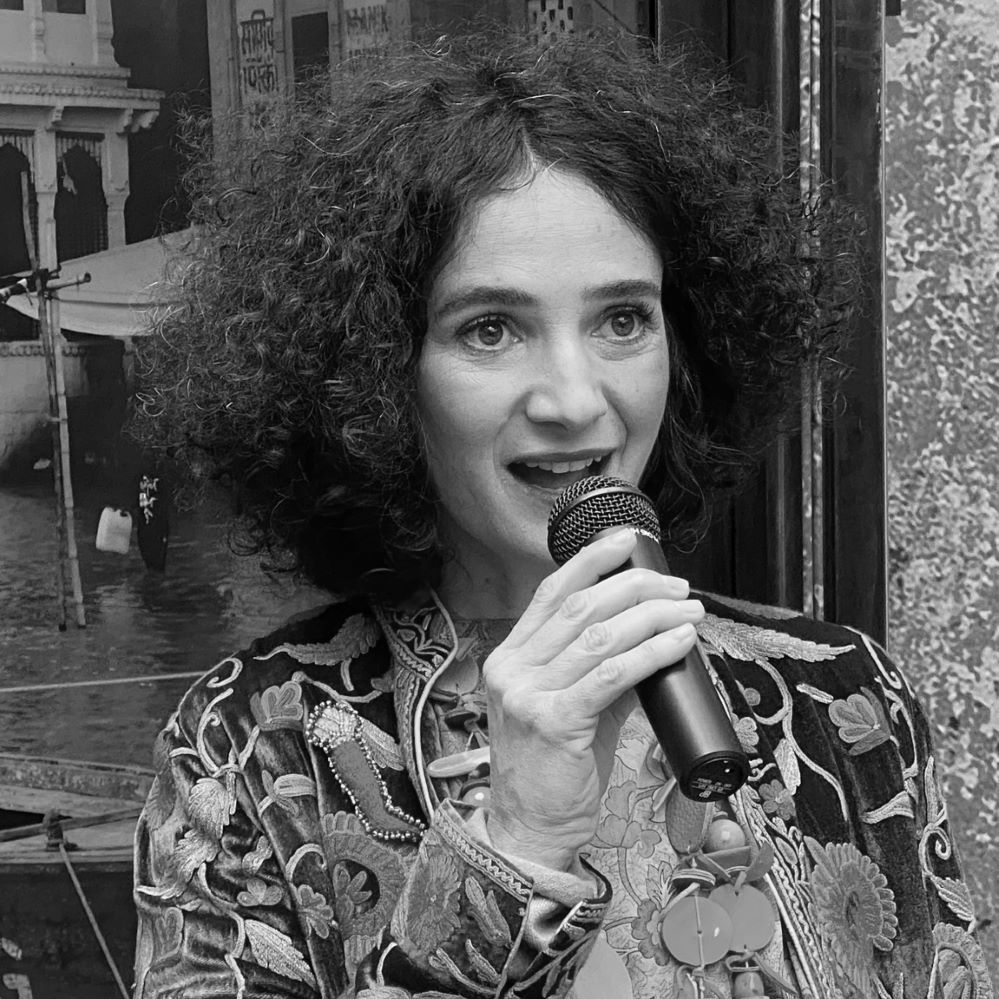
With increasing digitization also affecting art and design, is technology helping to improve the Gallery experience? How do you see the future of physical gallery spaces and their importance in the art world?
Technology can help a lot in many ways. However, the future of collecting, in my opinion, is physical, “material.” A design piece needs to be seen up close and touched; the tactile and material surface, the colour, the sound, and sometimes even the scent cannot be replaced. Moreover, a work can make an impression seen online and be different in real life. This is undeniable and makes physical contact necessary.
Digital technology, however, can help with the work, for example, by zeroing in on distances. During the Covid emergency in 2020, we completed furnishing a three-storey villa in Doha, Qatar, working only remotely.
And then, of course, there is the Metaverse, where we have been present and will be present again, although we currently have no work in the Metaverse. But this is the only place you can do without a physical presence.

What do you consider to be the most successful goals you have achieved in your career? And what goals would you still like to achieve?
Winning a Compasso d'Oro for my career is an outstanding achievement, and I can see that it elicits a lot of admiration from my audience. But I also truly enjoy playing a mentorship role for projects involving young designers. For example, I'm currently working on projects in Qatar and Bulgaria; in both cases, I'm a consultant to develop projects with young designers. And I hope more such projects will come; they are the most inspiring.
How do you see the future of collectable design?
I see it more and more international and more and more extended to emerging countries. These recent works in Qatar and Bulgaria have opened up a new view of worlds in great development. And which have a lot to say in the design, including collectable design.
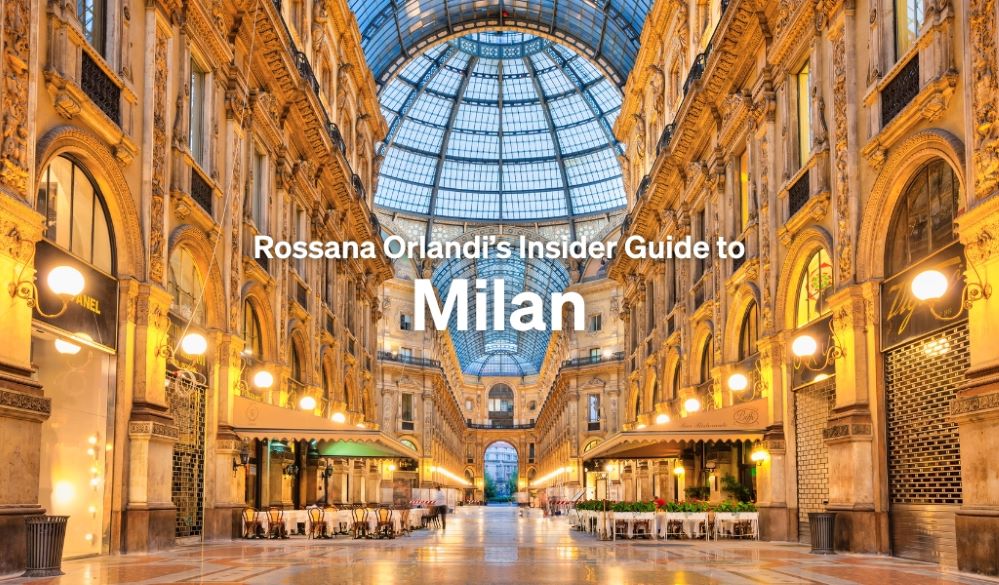
And, finally, what is your favourite city? And what are the must-see places there?
My favourite city is Milan; I see it very much changed, and I like it very much. Not only because of Milan Design Week, which confirmed even this year how Milan is still the international capital of design, but precisely because of the international spirit by which it is permeated now throughout the year.
To those who visit Milan and do not know it, I suggest visiting the Palazzo della Triennale, the ADI Design Museum, the Fondazione Prada, and, of course, the Rossana Orlandi Gallery.
Thank you, Rossana; it was lovely chatting with you!
Read more:
- Inside the Creative Mind of Designer Cristina Celestino
- Head to Our Selected Guides for the Best Restaurants and Hotels in Milan!
Last Updated on October 17, 2024 by Editorial Team
Architect and professional journalist, lends her expertise to the fashion section. The author of "Storia del Fuorisalone" (History of Milan Design Week), renowned for design interviews and distinguished work, showcasing her knowledge and passion for design and fashion.






